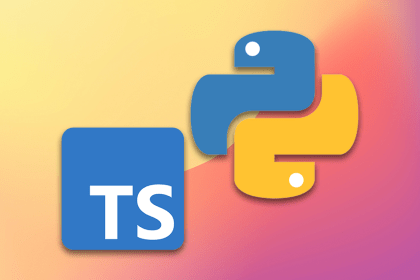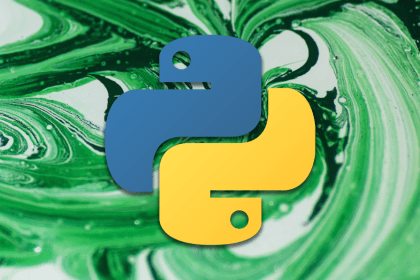
A deep dive into the Liskov Substitution Principle with examples, violations, and practical tips for writing scalable, bug-free object-oriented code.

Build a TypeScript ETL pipeline that extracts, transforms, and loads data using Prisma, node-cron, and modern async/await practices.

Did you know that the efficiency of your linter can significantly affect your productivity? After adding a small feature to […]

LlamaIndex provides tools for ingesting, processing, and implementing complex query workflows that combine data access with LLM prompting.

Develop a React app with Python using the Mountaineer framework for building a simple app with integrated your frontend and backend database.

We demonstrate how to include EvaDB in a simple project to provide AI-enhanced capabilities, in this case sentiment analysis.

AI speech-to-text services can make it easy to produce audio transcriptions quickly. Learn how to leverage them in this post.

In this article, we explore how to use FastChat to implement a simple AI chatbot in a JavaScript web app.

Mojo is a new superset of Python, specifically designed for easy AI development without the hassle of learning a new language.

Explore some examples of natural language processing using spaCy, a popular, open source library for NLP in Python.

This article will serve as an overview of Go migration for Rust, Node.js, and the Python programming language.

To containerize a FastAPI application with Docker, first, we need to add a Dockerfile to the project, build an image from the Dockerfile, and run a container from the image.